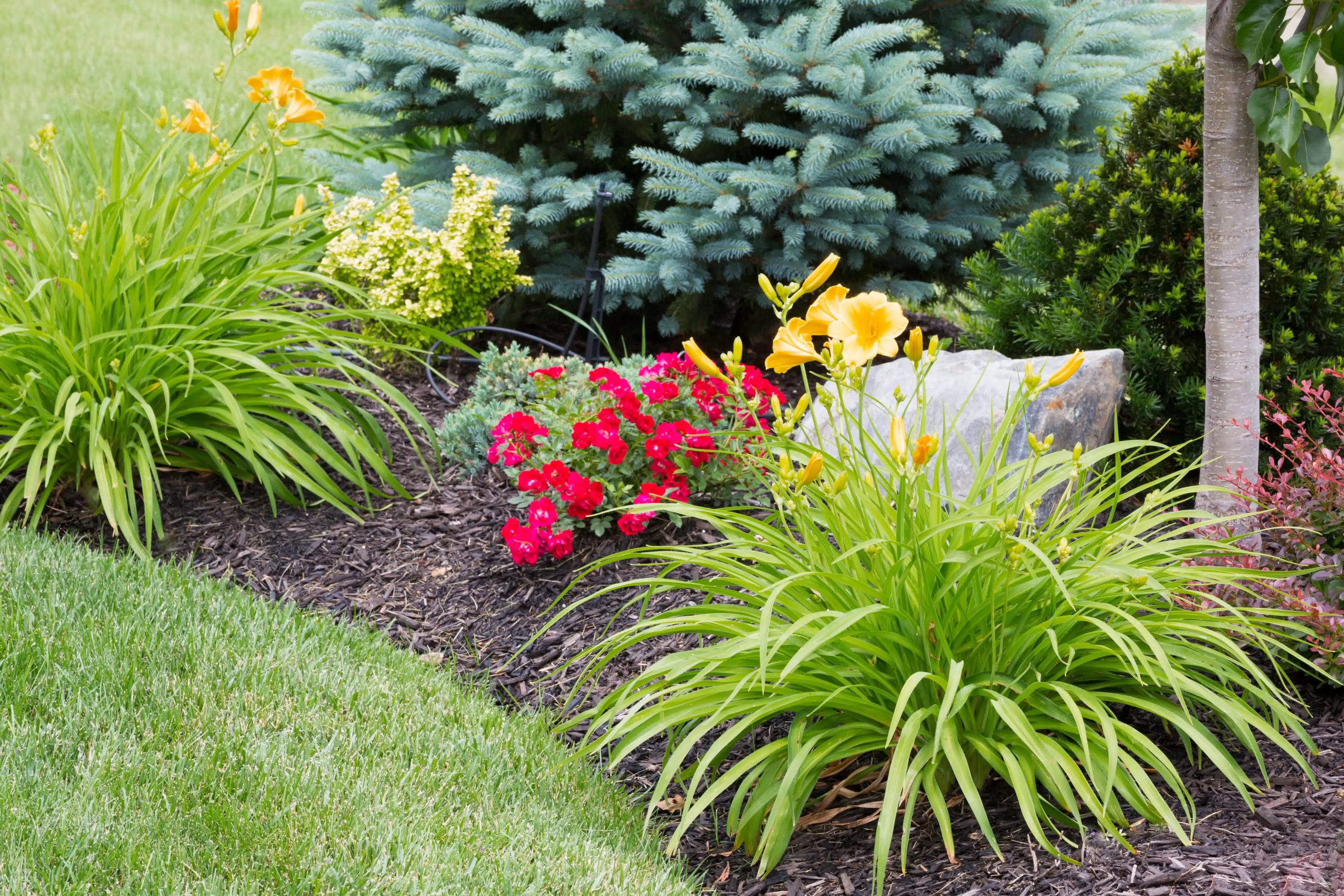How Often Should Mulch Be Replaced for Optimal Lawn Health?
Summary
Mulch is a vital element of landscape design, playing a crucial role in maintaining healthy soil, conserving moisture, and adding an aesthetic appeal to your garden. However, like most landscaping materials, mulch has a limited lifespan and requires replacement over time. In this blog post, we’ll dive into how often mulch should be replaced, considering various factors like weather, type of mulch, and the specific needs of your garden. Understanding when and why to replace mulch will ensure that your lawn and garden thrive throughout the year.
How Often Should Mulch Be Replaced for a Healthy Lawn?
The Role of Mulch in Your Garden’s Health
Mulch serves several important functions in your garden. It provides a protective layer that shields the soil from temperature extremes, conserves moisture by reducing evaporation, and prevents the growth of weeds by blocking sunlight. Additionally, as mulch breaks down, it enriches the soil with organic matter, promoting better plant growth. However, this process of decomposition means that mulch doesn’t last forever. The question arises—how often should mulch be replaced?
Factors Affecting the Lifespan of Mulch
The frequency of mulch replacement depends on a variety of factors. One major influence is the type of mulch you use. Organic mulches, such as wood chips, bark, and straw, break down over time due to exposure to moisture and microorganisms in the soil. In contrast, inorganic mulches like rubber or stone don’t decompose but may still need replenishing if they become displaced or lose their color.
Another factor is the climate in your region. In areas with heavy rainfall, mulch tends to break down faster, requiring more frequent replacement. Conversely, in dry climates, mulch may last longer but can become compacted and lose its effectiveness if not replaced periodically.

How Often Should Organic Mulch Be Replaced?
Replacement Schedule for Wood Chips and Bark Mulch
Wood chips, bark, and straw are examples of organic mulches that provide your garden a number of advantages. But as time passes, they degrade and must be replaced or restocked in order to continue working effectively. Depending on the kind and the surrounding climate, organic mulch should typically be replenished every one to three years.
For example, wood chips and bark mulch can last around two years before they begin to decompose significantly. The rate of decomposition can be affected by factors like exposure to moisture, the amount of sunlight, and the presence of earthworms or other decomposers. If you notice that the mulch layer is thinning, it’s time to add more.
How to Tell If Organic Mulch Needs Replacing
Signs that organic mulch needs replacing include significant decomposition, a decrease in the thickness of the mulch layer, and the appearance of bare spots where the mulch has eroded away. If the mulch has become matted or compacted, it’s also a good idea to refresh the layer to maintain its benefits. Refreshing organic mulch annually by adding a thin layer of fresh material can help maintain its appearance and functionality.

How Often Should Inorganic Mulch Be Replaced?
Longevity of Rubber and Stone Mulch
The longevity of inorganic mulches, such as stone and rubber mulch, is far longer than that of organic materials. For example, stone mulch may stay in place for much longer, potentially forever, while rubber mulch might endure anywhere from five to ten years. These mulches, however, don’t offer the same advantages for enhancing soil as organic mulch. Rather, their principal purpose is both functional and aesthetically pleasing—they offer a long-lasting, low-maintenance surface that aids in moisture retention and weed control.
While you don’t need to replace inorganic mulches as frequently, it’s important to check for displacement, fading, or compaction. For example, rubber mulch may start to break down or lose its color after several years, especially when exposed to UV rays. Stone mulch may need replenishing if it gets displaced by wind or foot traffic. Although inorganic mulches don’t decompose, it’s still important to monitor their condition and top them off every few years to maintain the desired appearance.
Why Replace Inorganic Mulch?
The primary reason for replacing inorganic mulch is aesthetics. Over time, rubber mulch may fade in color, and stone mulch may become embedded with dirt and debris, losing its clean, polished appearance. If the mulch becomes compacted, it can also hinder the flow of water and air to the soil, defeating its original purpose.

Conclusion
Keeping a healthy lawn and garden requires replacing the mulch. The proper mulch layer suppresses weeds, preserves moisture, and protects the soil. In contrast to inorganic mulches, which can last considerably longer but may still require maintenance for practical or aesthetic reasons, organic mulches break down over time and need to be replenished every one to three years. You can make sure that your garden thrives all year round by being aware of the variables that affect mulch lifetime and routinely checking the state of your mulch.
Replacing your mulch is essential to the health of your garden and goes beyond simple visual improvement. Knowing when to change your mulch, whether it’s synthetic or organic, can increase the likelihood that your plants will grow robust and colorful. EKG Lawn Services is here to help with lawn mowing, lawn care, mulching and so much more.
SERVICES
SERVICE AREAS
Midlothian
Woodlake
Brandermill
Moseley
Chesterfield
Foxcroft
Foxfire
Foxcreek
Magnolia Green
Hampton Park
Harpers Mill
Summer Lake
Rountrey
Westerleigh
New Market
Birkdale
Summerford
Collington
Bay Hill Point
Charter Colony
Harbour Pointe
Walton Park
Brandermill
Edgewater

 info@ekglawn.com
info@ekglawn.com